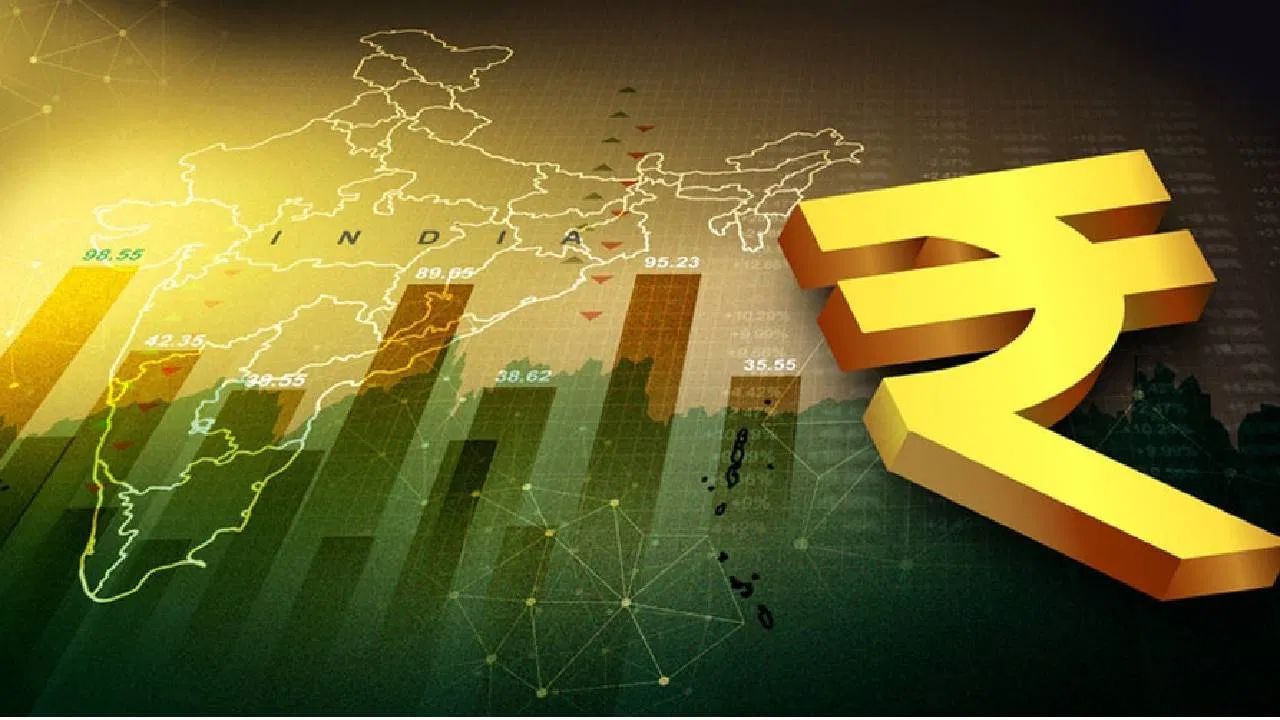In the last few years, India’s strength has been increased on every front. Where India remains the fastest growing economy in the world. On the other hand, India’s stock market is the 5th largest stock market in the world. Except for a few months, the love of foreign investors continues to rain on the stock market. Apart from these two, internationalization of India’s currency money has also been seen. This means that business agreements with many countries and the rupee’s cross border use for exchange agreement.
The special thing is that the country’s banking regulator RBI has allowed Indian banks to give loans to neighboring countries and is actively promoting trade invoicing in national currency. Recent agreement with Singapore, Russia and United Arab Emirates has made the options of settlement in the rupee and foreign banks have been allowed to open Vostro accounts, so that foreign institutions can keep dinometric accounts with domestic banks in rupee.
By the way, internationalization of rupee has been seen in slight negative conditions. In recent times, America has imposed a 50 percent tariff on India. Due to which there has been a lot of weakness in the rupee. The effect of which has also been seen on the economy. Now the biggest question is whether India’s currency can emerge as a big force? Is there the strength in the rupee by which it can face currency like America and China? What can India benefit at the international level due to increasing the power of rupee? Let’s try to understand it in detail.
When the rupee used to run in the Gulf countries
According to the Forbes report, the concept of international rupee is not new or is not a far -fetched penny. Very few people will be aware of this fact that in most of the 1950s and 1960s, the rupee was official currency in Gulf countries like the United Arab Emirates, Oman, Kuwait and Qatar. The rupee still remains a legal currency in Bhutan and is widely acceptable in Nepal. The “Gulf Rupee” was used when India was not the fastest growing big economy in the world and was much weaker than the current conditions. It can also be argued that within South Asia and in the Middle East and Africa, a special “Indosphoric” Economic Zone, where only the rupee is going to increase in international transactions.
Difference between India and China’s thinking
Despite not being at the same level as China and South Asian neighbors, India is a major trading power with more than 1 trillion dollars of exports and imports last year. Even though a minor part of this business is in rupees, it will benefit Indian importers (by reducing foreign currency risk) and other countries will get encouragement to buy more Indian goods and services. This is a strategy that China has used in the last decade for internationalization of renaminbi, including the installation of the cross border, the Intar-bank payment system (CIPS).
Like China, India is also likely to relax the capital control in the near future and to destabilize the rupee. However, there is also a lot of difference in the approach of India and China. RBI Governor Sanjay Malhotra has insisted that the purpose of internationalization of rupee is not to replace dollars in the form of reserves of the world, which is definitely an ambition of China. India has also opposed the Russian-Chinese proposal to start BRICS currency.
Something like this can be planned
India can also follow China through other methods. Like the UnionP of China, he can further expand the cross border use of his RuPay card platform, so that Indians traveling abroad will be able to pay products and services in the rupee. Over time, as the International Rupee receives reliability and impact, it can also find a place in the IMF special withdrawal rights (SDR) currency baskets, which currently include dollars, pounds, euros and yennbi with yen. For the most cautious RBI, it can definitely be an ultimate prize.
